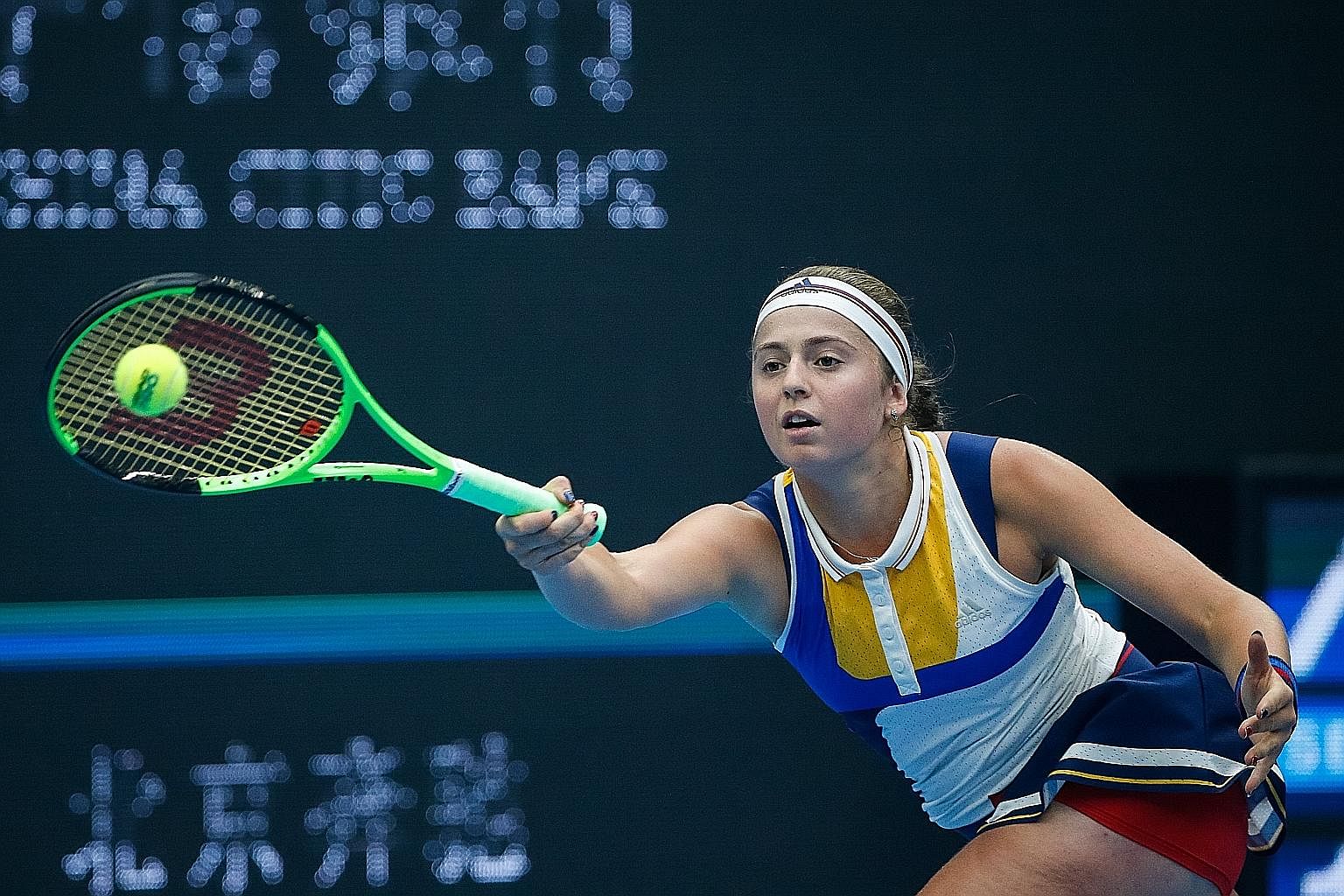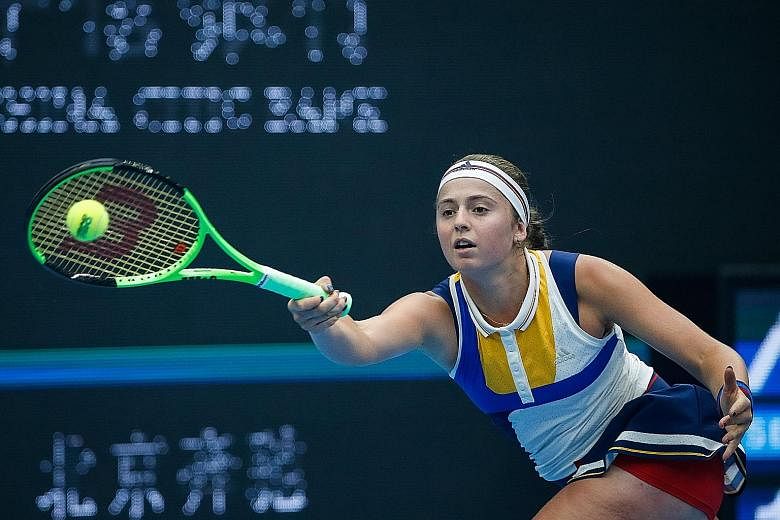In November arrives their version of earned leave. In November, no tape on blistered toes, no ice baths, no superstitions, no painful press conferences on late nights to explain defeat. In November, no calorie-counting, or as Caroline Garcia said to the WTA Insider, "no more plain rice with grilled chicken and broccoli for a couple of days".
But before all that, before November, there's still October.
Still Singapore to finish with, still the WTA Finals, still one last time in 2017 that eight women singles players must cajole weary bodies and lunge for a few last forehands. Karolina Pliskova, in an echo of every player I met in Beijing 10 days ago, says: "I also feel tired. Everyone probably feels quite tired."
Can you see the tiredness?
"Sometimes you can see," says world No. 1 Simona Halep. "Depends on (the opponent), if they hide it or not." This game has more disguise than you think. And many more miles travelled than you can count.
How many flights did you take this year? Fifty, someone tells me but no one can, or wants to, precisely remember.

January must feel like a lifetime away when they inhabited another fresher body. Since then Caroline Wozniacki has played 7,484 competitive minutes over 76 matches. Pliskova has run 6,924 minutes over 67 matches. Now add the minutes spent on training, running, dreaming, trying; count the minutes of jet lag, checking into hotels, crying in frustration and waiting at airports.
It's a lot of minutes devoted to tennis, which is probably why Ashleigh Barty, who is playing doubles in Singapore, apparently doesn't watch tennis. "Not a helluva lot," drawls the Aussie in confirmation. "I hit enough tennis balls". Indeed.
But there are a few competitive, tense minutes left this season, starting on Sunday, and no doubt you're coming to watch. In this town of TV huggers this is unbeatable "live" sport and no 78-inch curved screen with surround sound can convey the rustle of tension at match point and the elation of a line licked by a ball hit on the run by women who don't just play tennis but kick down glass ceilings with their sneakers.
What do you want from sport?
Role models? Here they are, athletes who, in comparison to the wider world of sport, very rarely tarnish their profession. Drama? Seven out of the eight could finish the year as No. 1. Fascination? There are seven players with three Grand Slam titles between them and one player who owns seven.
Variety? There's a 20-year-old Ostapenko and a 37-year-old Venus, a 1.68m Halep who is a moving picture of perseverance and the 1.86m Pliskova whose 438 aces is 62 more than the player in second place.
One of the periodic whines of sport is "there are not enough personalities" and if it's partly true that modern players are too PR-polished and that the women's Tour has been too Serena-centric, then it's also true that we're not looking hard enough. Because there's a Klitschko-brothers fan among the eight, another who likes Asian antiques and a third who used to ballroom dance.
Can Roger?
Everyone called Caroline has a story and a streak - Garcia won 11 straight matches to qualify and Wozniacki has won a tournament every year since 2008 - while some others have memorable coaches. When I asked Anabel Medina Garrigues where her protege Jelena Ostapenko's power comes from, she replied: "Good question, I don't know."
And then dissolved into laughter.
Later she said that, among other things, 95 per cent of the time Ostapenko hits the ball in the middle of the strings. Perfect timing.
Come and watch just to see that (or even close your eyes and hear the ball meet the strings). Come because if it's intensity you desire from sport then you'll find it in the Indoor Stadium where any tiredness will be overcome by an almost irrational competitiveness which separates them from us as a species.
Everyone in this WTA Finals has had a fine year, some rising, some revived, and all want to leave Singapore with a fat cheque and a hefty confidence. So they'll find refuge one last time in routine and lean on experience and rely on people to repair their bodies, and then they'll go on court and turn into sporting miners, trying to extract the best parts of themselves, sweating and digging till they find their mettle.
Will Venus ever get here again? Will any of them? Of the eight women here last year, five have not returned. There are only so many great seasons in any athletic life and every one has to count. It is why October matters.
And November has to wait.



